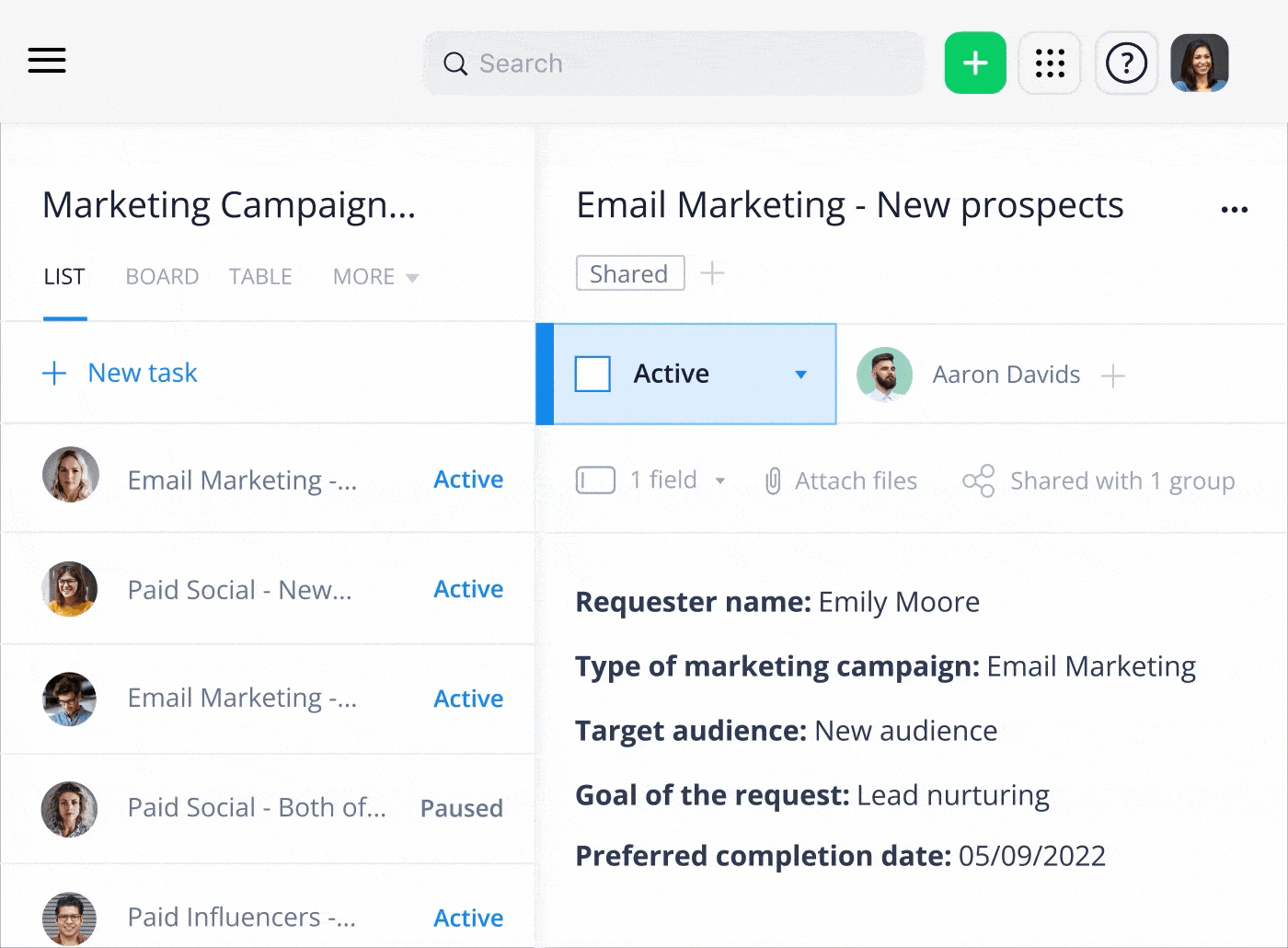How do you know if an organization is effective? There are a few signs to watch for. First, check if the company’s goals are clear and if people are working toward them. It’s a good sign if everyone, from the top managers to the newest employees, can tell you what the company aims to achieve and how they contribute to that goal.
Then, look at how decisions are made. Are they based on solid data and careful thought, or does it seem like the company is just guessing? An effective organization uses data to guide its choices, learning from what has worked in the past and what hasn’t.
Getting to this point isn’t always easy. You must be smart about your goals, plans, and people management. If you’re leading a team, think about how to help your team become more effective. Maybe it’s clarifying your goals or changing how you do things to make work smoother. Or it could be putting the right people in roles where they can really shine. When everything and everyone works together in harmony, you see your organization’s true power.
Let’s break this down in a super chill way. In this article, you will learn how to help your team or company not just talk but walk the walk. We’ll look at different ways to understand and measure effectiveness. Whether you’re just starting or have been in business for a while, there’s something here to help you improve.
Let’s explore how you can help your team or company become the best version of itself.
It’s proven that organizations using Wrike perform their job responsibilities better. Want to learn more? Start your free Wrike trial now.
The importance of organizational effectiveness in business
Doesn’t it always feel like the minute you get used to things, they change? The way businesses work is constantly changing — new technologies emerge, consumer tastes change, and unexpected challenges arise. Companies with a solid understanding of organizational effectiveness are better equipped to pivot when necessary. They can quickly reassess their strategies and realign their resources to seize new opportunities or tackle problems head on.
Wrike’s “Dark Matter of Work” report highlights that a staggering 70% of knowledge workers felt the rapid changes in the business landscape during 2020 and 2021 were necessary but incredibly stressful. In response to this rapid change, a surge in collaboration tools has reshaped how we work. Remote working tools are designed to combat the complexity and stress reported by 60% of knowledge workers who are juggling an increasing number of applications.
By integrating collaboration software into business operations, teams can significantly reduce the overhead work of managing multiple information streams. Features like Wrike’s custom request forms collect necessary details and facilitate auto-assignment of tasks, while the tagging feature ensures that updates are seen and acted upon instantly.

Key components of an organizational effectiveness model
What is the key component of an organizational effectiveness model? Actually, it’s not just one thing — it’s six!
Vision and direction
A crystal-clear vision and a well-defined direction are the lifeblood of organizational effectiveness. This is where it all starts. A compelling vision guides every strategic decision and operational move. It answers the “why” of the business’s existence and paints a picture of the future it aims to create. The direction then turns this abstract vision into a roadmap, setting specific goals, milestones, and benchmarks.
Operational efficiency
Operational efficiency maximizes resource use to create maximum value. It streamlines processes, reduces waste, and increases productivity. This means evaluating workflows, embracing technological solutions that automate repetitive tasks, and always seeking to do your most meaningful work with less. You need to find the sweet spot between quality and speed, ensuring that every task adds value to the end goal, no matter how small.
Leadership and management
Effective leadership and management give an organization its pulse. Leaders set the tone, instill culture, and drive the collective energy toward the company’s goals. They are the catalysts for motivation and the architects of a work environment that champions individual contribution and team collaboration. Management ensures this vision translates into action. They are the ones who align the day-to-day activities with the company’s strategic objectives, manage resources, and solve problems that arise along the way.
Employee engagement
An engaged workforce is a company’s engine. When employees are invested in their work and connected to the company’s vision, they bring their best selves to the job every day. Engagement is fostered through recognition, growth opportunities, meaningful work, and a sense that one’s contributions matter. You must create a workplace where employees feel heard, valued, and integral to the company’s success.
Adaptability
Adaptability is the organizational agility to respond to changes without losing momentum. This means being ready to embrace new technologies, enter new markets, and reconfigure strategies in response to emerging trends and challenges. An adaptable organization views change not as a threat but as an opportunity for growth and innovation.
Feedback and measurement
Last, but certainly not least, is the role of feedback and measurement. This component involves setting up systems to capture performance data, analyze it, and feed the insights into the decision-making process. This continuous feedback loop ensures that the business remains aligned with its objectives and can correct course when necessary. It’s what turns good intentions into measurable outcomes.
Discover the easy way to keep your most important work on track with Wrike. Start your free Wrike trial now.
Popular models of organizational effectiveness
Now, let’s break down some popular models that help us understand this better. Each one is a different way to see how a business can do well.
The goal attainment model
This one’s pretty straightforward: a business sets specific, measurable goals and works toward achieving them. Success is measured by how well these goals are met. For example, a small bookstore that aims to boost its sales. This model says, “Set a clear target.” So, the bookstore owners decide they want to sell 100 more books each month. They start local book clubs, author readings, and community events. By the end of the year, not only do they meet their goal, but they’ve also created a loyal customer base. If the bookstore hits its numbers, then the business is effective, according to this model.
The systems resource model
The systems resource model looks at an organization’s effectiveness in terms of the resources it can gather and use. This includes everything from raw materials and funding to human resources and technology. For instance, a small software development company might focus on acquiring talented developers and the latest tech to stay ahead. It’s considered effective under this model if it delivers innovative software solutions.
Bonus tip! Companies can use Wrike to improve resource efficiency. By visualizing resource allocation on Wrike’s interactive Workload view, the company from our example could see how personnel and technological resources are currently deployed and where there might be room for improvement.

The internal process model
The internal process model emphasizes the importance of internal processes and procedures. It explains how smoothly and efficiently a company operates internally. Let’s use a car repair company as an example. This model covers what happens inside the company. Are the mechanics working well together? Is there a system to handle orders quickly? This model cares about these questions. So, if the shop organizes its tools better and the mechanics work in sync, cars get fixed faster and customers are happier. That’s a win for this model.
The strategic constituencies model
This model suggests that an organization’s effectiveness can be measured by how well it satisfies the needs of its key stakeholders or constituencies. These stakeholders could be customers, employees, suppliers, or investors. For example, a tech company might focus on developing products that meet customer needs, provide good working conditions for employees, maintain strong relationships with suppliers, and ensure good returns for investors. If all these groups are satisfied, the company is effective by this model’s standards.
The competing values framework
Lastly, we have the competing values framework, which is a bit more complex. It identifies four major areas that businesses need to balance:
- Flexibility and discretion
- Stability and control
- Internal focus and integration
- External focus and differentiation
A successful business under this model needs to effectively navigate these competing values. For instance, a retail company might strive to be innovative (flexibility) while ensuring consistent quality (stability), focusing on team cohesion (internal focus), and responding to market trends (external focus). Balancing these aspects well is the key.
Wrike can help boost your organization’s effectiveness
So there you have it! Simply put, organizational effectiveness can help you do things well and get the results you want. We’ve talked about different ways to look at this, like ensuring you’re hitting your goals, using what you have wisely, keeping things running smoothly, ensuring everyone involved is happy, and finding the right balance between different needs.
This is where using a platform like Wrike makes a big difference. Wrike helps you track your goals, manage your resources, streamline your work, and ensure everyone involved knows what’s going on.
Sherrie Besecker, the creative technology manager at Syneos Health, shares how much her team loves having a powerful work management tool at their fingertips:
“The moment our teams saw Wrike, we heard a resounding ‘yes’ — it was the one system that met each and every one of our team’s comprehensive and complex requirements.”
By using Wrike, you can better apply everything we’ve covered here. Whether planning projects or allocating resources, Wrike makes everything easier to manage, so you can focus on getting the desired results.
Why not give it a trial and see how Wrike can help you reach your organizational goals?
Power the Modern, Agile Enterprise
Crush your goals and keep moving forward with Wrike's work management platform.






